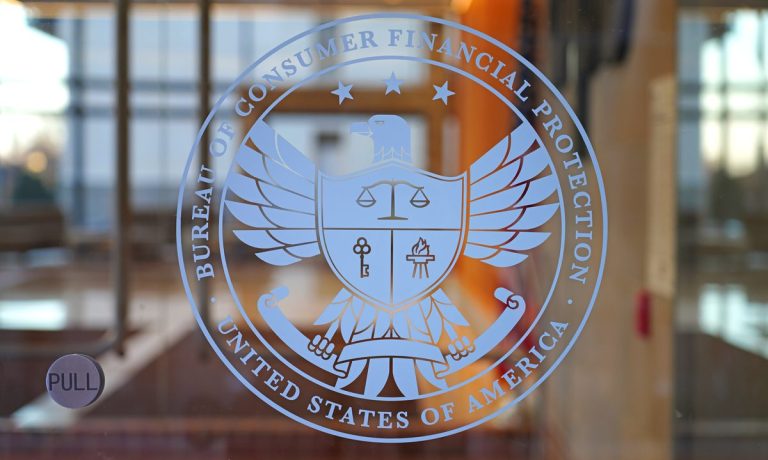
The Consumer Financial Protection Bureau (CFPB) issued on Thursday, May 19 a new interpretative rule seeking to bolster the states’ enforcement actions to protect consumers. By clarifying the scope of state enforcement under the Consumer Financial Protection Act of 2010 (CFPA), the bureau expects states to take a more active role in protecting consumers “from financial fraud, scams, and other wrongdoings.”
The CFPA establishes the CFPB as the Federal government’s primary regulator of consumer financial products and services. However, the Bureau is not the only enforcer of these laws. According to the CFPB, The CFPA recognizes the important role that states play in overseeing the consumer financial marketplace.
The Bureau wants to leverage these resources from the states to carry out more enforcement actions. “In the years leading up to the financial crisis, federal regulators undermined states seeking to protect families and businesses from abuses in the mortgage market,” said CFPB Director Rohit Chopra. “Our action today demonstrates our commitment to promoting state enforcement, not suffocating it.”
The Bureau’s interpretative rule focuses on three areas in which the States could assist the agency in enforcing certain laws.
First, it clarifies the states’ authority to address violations of Federal Consumer financial laws. The CFPA section 1042 allows states to enforce any provision of the CFPA, including section 1036(a)(1)(A), a provision that makes it unlawful for covered persons or service providers to violate the federal consumer financial laws. This provision covers the Consumer Financial Protection Act itself as well as its 18 enumerated consumer laws and certain other laws, along with any rule or order prescribed by the CFPB under the Consumer Financial Protection Act, the Bureau explains in a statement.
Second, the agency claims that states may bring cases against a broader range of entities than the Bureau itself. According to the Bureau, the enforcement authority of states under section 1042 is generally not subject to certain limits applicable to the Bureau’s enforcement authority. While the bureau can only use its authority with respect to certain covered persons, Congress did not extend the same exclusions to the states, who can use their authority against more entities, if they wish to do so.
Third, states may pursue actions under section 1042 even while the Bureau is pursuing a concurrent action. Sometimes states bring enforcement actions in coordination with the CFPB, the agency said. However, a state may also bring an enforcement action to stop or remediate harm that is not addressed by a CFPB enforcement action against the same entity.
While the Bureau is not instructing states to launch new enforcement actions, it is appealing to them to at least consider it. “Congress sought to enhance states’ enforcement abilities, so states were empowered to enforce the Consumer Financial Protection Act’s consumer protection provisions,” said the agency in a press release. According to data published by the CFPB, states have used this authority in 33 public enforcement actions since Congress granted it.
From a procedural point of view, as this is an interpretative rule, no notice of proposed rulemaking is required.
CFPB Seeks Allies
This interpretative rule comes just a few days after the Bureau announced that it is going to start publishing circulars to ensure that other agencies and other enforcers with consumer financial protection responsibilities apply the rules in a consistent manner.
The CFPB is concerned that given the broad variety of agencies responsible for enforcing federal consumer financial law, there is a risk that companies might encounter inconsistent enforcement strategies and approaches. “Consistency is also imperative to creating a level playing field between companies that compete in the same market but are subject to the jurisdiction of different enforcers,” CFPB Director Rohit Chopra said in a blog post.
Read More: CFPB Wants Other Agencies to Follow Its Enforcement Views